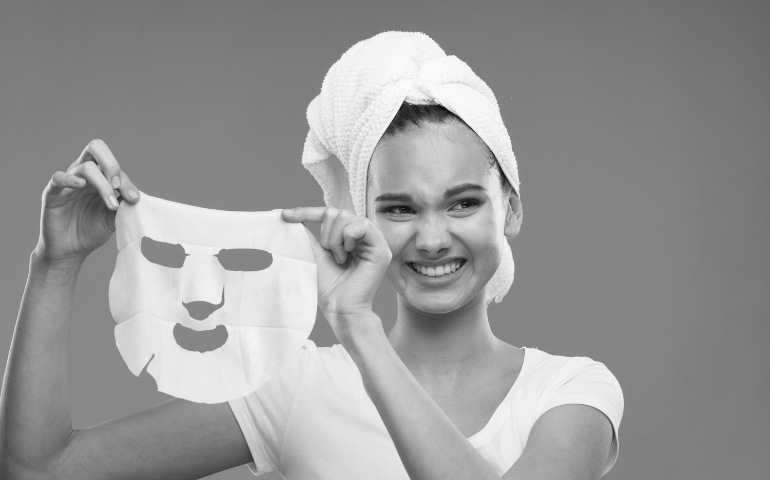In the realm of skincare, the debate between clay masks and sheet masks has sparked considerable intrigue among enthusiasts. Both claim to offer radiant, healthy skin, but which one truly delivers the goods? Let’s delve into the nuances of clay masks vs. sheet masks to uncover their unique benefits and drawbacks.

What Are Clay Masks?
Clay masks have long been revered for their ability to draw out impurities from the skin, leaving it refreshed and revitalized. These masks typically contain various types of clay, such as bentonite, kaolin, or French green clay, known for their detoxifying properties.
Benefits of Clay Masks
Clay masks excel at absorbing excess oil and unclogging pores, making them an excellent choice for individuals with oily or acne-prone skin. They also help in exfoliating the skin, promoting a smoother, more even complexion. Additionally, clay masks can assist in reducing the appearance of pores and improving overall skin texture.
How to Use Clay Masks
To reap the full benefits of a clay mask, it’s essential to apply it to clean, dry skin and leave it on for the recommended duration. As the mask dries, you may feel a tightening sensation as it draws out impurities. After rinsing off the mask with lukewarm water, follow up with a hydrating moisturizer to replenish moisture.
Potential Drawbacks
While clay masks are highly effective for oil control and deep cleansing, they may be too drying for individuals with dry or sensitive skin. Overuse of clay masks can strip the skin of its natural oils, leading to irritation and inflammation.
What Are Sheet Masks?
Sheet masks have gained popularity in recent years for their convenience and effectiveness in delivering potent skincare ingredients directly to the skin. These masks consist of a thin sheet soaked in a concentrated serum or essence, targeting specific skincare concerns.
Benefits of Sheet Masks
Sheet masks are renowned for their hydrating properties, making them ideal for dry or dehydrated skin. They provide an instant boost of moisture, leaving the skin plump and luminous. Additionally, sheet masks come in a variety of formulations tailored to address various skincare issues, from brightening and firming to soothing and rejuvenating.
How to Use Sheet Masks
Using a sheet mask is simple and fuss-free. After cleansing and toning your skin, carefully unfold the mask and apply it to your face, smoothing out any wrinkles or air bubbles. Leave the mask on for the specified time, allowing the skin to absorb the essence fully. After removing the mask, gently pat any remaining serum into the skin until fully absorbed.
Potential Drawbacks
While sheet masks offer instant hydration and nourishment, their effects may be temporary, requiring regular use to maintain results. Additionally, some individuals may experience sensitivity to certain ingredients found in sheet masks, leading to redness or irritation.
Mastering the Art of Sheet Masking
Using a sheet mask is a simple yet indulgent experience. After cleansing your skin, unfold the mask and apply it to your face, ensuring it adheres smoothly. Relax and unwind for the recommended time, allowing the skin to absorb the nourishing essence fully. Once removed, massage any excess serum into the skin for an extra hydration boost.
Conclusion
In the showdown between clay masks vs. sheet masks, both contenders bring unique strengths to the table. Clay masks excel in deep cleansing and oil control, making them ideal for oily or acne-prone skin types. On the other hand, sheet masks offer convenient hydration and targeted treatment options for a variety of skincare concerns.
Ultimately, the choice between clay masks and sheet masks boils down to personal preference and individual skin needs. By understanding the benefits and drawbacks of each, you can make an informed decision to achieve radiant, healthy skin.

